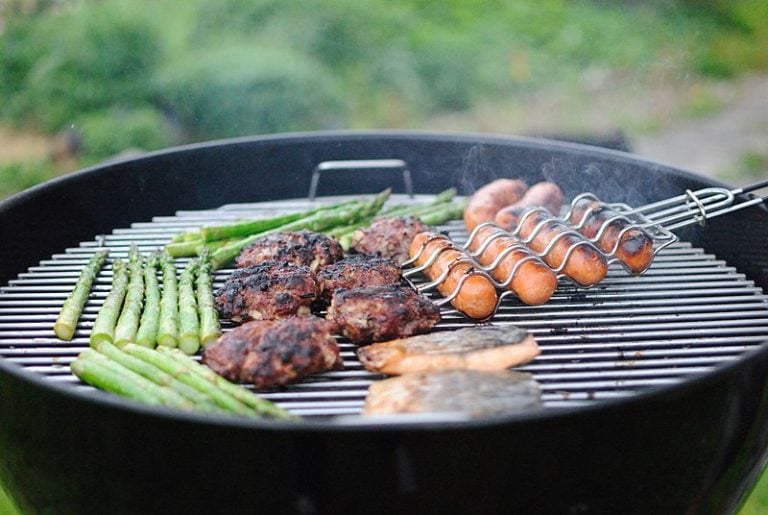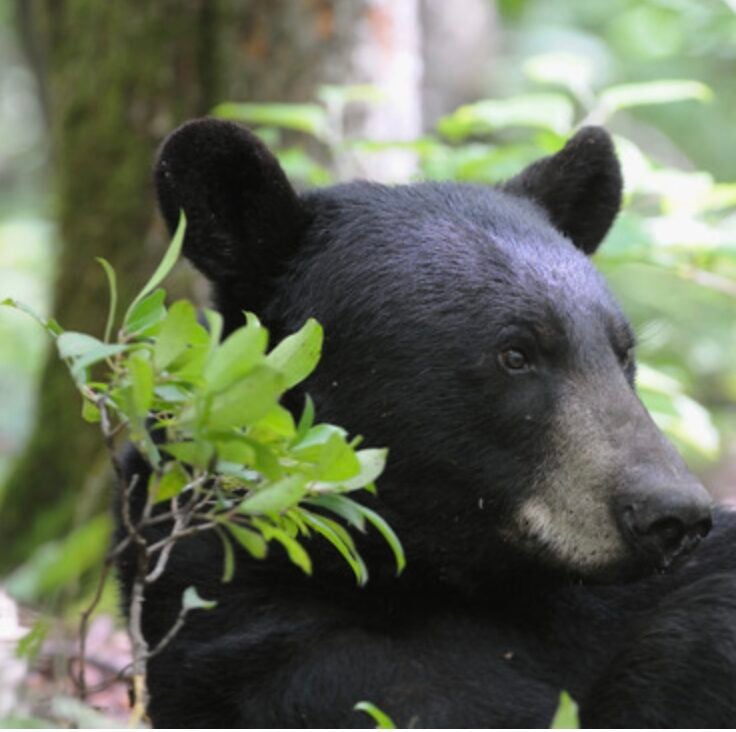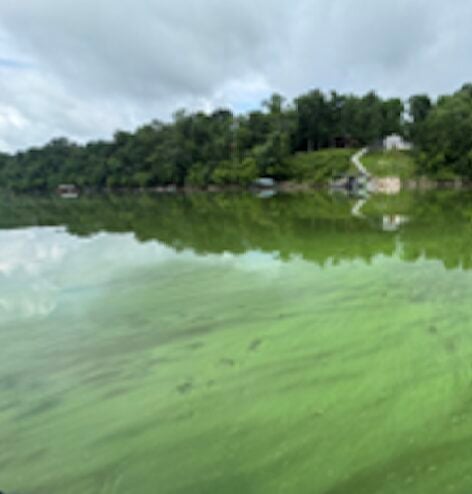The Kentucky Fish and Wildlife Commission proposed the 2016-2017 early migratory bird and waterfowl season dates and fishing regulations at its quarterly meeting.
The commission recommends all hunting, fishing and boating regulations for approval by the General Assembly and approves all expenditures by the Kentucky Department of Fish and Wildlife Resources. All recommendations must be approved by legislators before they become law.
The U.S. Fish and Wildlife Service started a new process for migratory bird season structures for the 2016-17 seasons. These dates are now voted on by the Kentucky Fish and Wildlife Commission in March; previously, the commission voted on these season dates in August.

The following early migratory bird season dates and waterfowl season dates remain the same as last year, except for calendar shift. All season dates are for 2016, unless otherwise noted:
Mourning dove:
Sept. 1 – Oct. 26; Nov. 24 – Dec. 4;
Dec. 17, 2016 – Jan. 8, 2017
Rails and Gallinules:
Sept. 1 – Nov. 9
Wilson’s snipe:
Sept. 16 – Oct. 25
Nov. 26, 2016 – Jan. 15, 2017
Sandhill crane:
Dec. 17, 2016 – Jan. 15, 2017
Early wood duck:
Sept. 17 – 21
Teal:
Sept. 17 – 25
Ducks, coots and mergansers:
Nov. 24 – Nov. 27; Dec. 5, 2016 – Jan. 29, 2017
Youth waterfowl:
Eastern Zone: Nov. 5 – 6
Western Zone: Feb. 4 – 5, 2017
In other waterfowl-related business, commission members recommended several changes for the 2016-2017 waterfowl seasons that go into effect this fall:
* The September Canada goose season moves from Sept. 1 – Sept. 15 to Sept. 16 – Sept. 30.
* The Canada goose, white-fronted goose, snow goose and brant seasons expand by two weeks. These seasons will open Nov. 24, 2016, and close Feb. 15, 2017.
* Due to the expansion of the regular snow goose seasons, the special Conservation Order Season on snow goose will open Feb. 16. Under federal law, the conservation order season cannot begin when any other migratory bird season is open.
* All migratory bird hunters must complete the Harvest Information Program (HIP) survey before they are legal migratory bird hunters.
* Allow a “no hunt” option for waterfowl quota hunts on wildlife management areas (WMAs), similar to the option for deer quota hunts. This allows for hunters to keep their preference points if they cannot participate in the quota hunts.
* Close the Crenshaw and Duncan tracts at Sloughs WMA in Henderson and Union counties two days a week to improve the quality of hunts on these tracts.
* Close Ballard WMA in Ballard County to hunting on Christmas Eve to comply with state employee holidays.
* Adults participating in the youth waterfowl season in the Western Zone may now take geese, after modifying the language in the regulation.
In other wildlife-related business, the commission proposed modifying the American woodcock season. Under the proposal, the season would open the fourth Saturday in October and close for the opening weekend of modern gun deer season. The season would reopen the following Monday, and continue until the first week of December. This fall, American woodcock season would open Oct. 22 and close Nov. 11. It would reopen Nov. 14 and then close Dec. 7.
The commission also recommended a three-year sit out period for all drawn quota elk hunters. Under this proposal, anyone drawn for a quota elk permit would not be eligible to apply for the drawing for the next three years.
In fisheries-related business, the commission proposed changing the creel limit for rainbow trout on a 4.4 mile section of Trammel Creek in Allen County from eight to five fish a day. This change would only be in effect from April 1 through Sept. 31 each year. This regulation would take effect March 1, 2017.
From Oct. 1 through March 31, this section of Trammel Creek would remain open under the current seasonal catch-and-release regulations for trout.
In other fisheries-related business, the U.S. Fish and Wildlife Service changed the trout regulations in the newly designated upper section of Hatchery Creek in Russell County. This 400-foot section flows from Wolf Creek National Fish Hatchery to a small waterfall.
Previously, this section of creek was open under the same trout regulations as in the nearby Cumberland River. Commissioners voted to extend a five fish aggregate daily creel limit on all trout, regardless of species, with no minimum size limit in this portion of Hatchery Creek.
The section of Hatchery Creek that flows from the waterfall down to the Cumberland River opens to public fishing later this spring. Anglers fishing this section must use only artificial baits and release all trout caught.
The next Kentucky Fish and Wildlife Commission meeting will be 8:30 a.m. (Eastern time), Friday, June 3. Meetings are at Kentucky Fish and Wildlife headquarters, located at 1 Sportsman’s Lane off U.S. 60 in Frankfort.
From F&W Communications

















